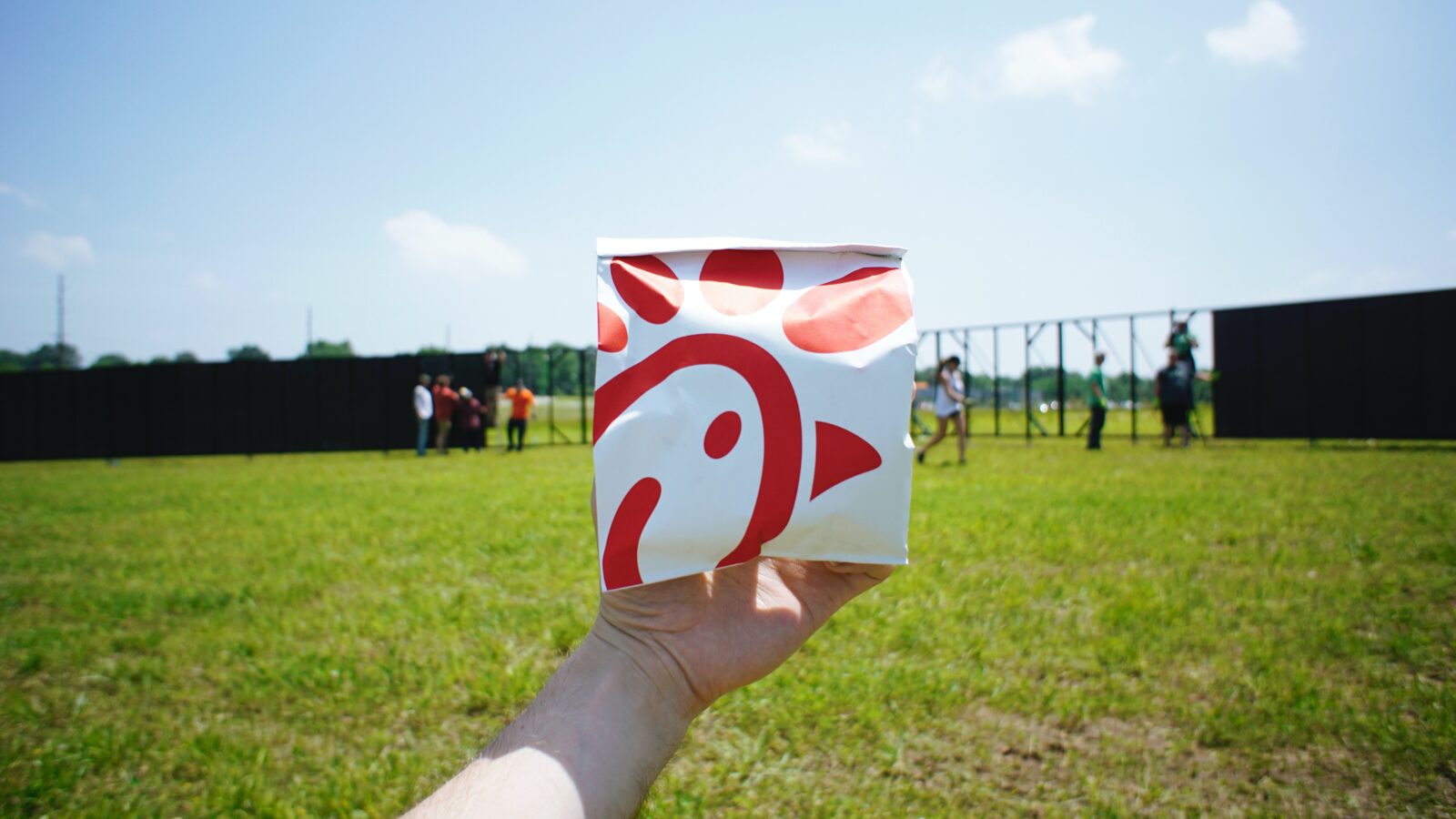Harvard, Chick-Fil-A and Tina Turner
HBO recently released “Tina,” a documentary chronicling the life of Tina Turner. I have a special place in my heart for Tina Turner. You see, I saw her in concert when I was a kid. It was my first live concert at the Ottawa Exhibition. It was a family affair – and she did not disappoint.
In the documentary, we learn that Tina didn’t want to do the song “What’s Love Got to do with it” when she was in the process of remaking her image and rebranding herself after separating from her life and business partner Ike.
You see, a pop band had already done the song in a ballad format, and she had her sights set on being the first female rock star to blaze her path.
Which begs the question, what’s “brand” got to do with it? Tina made the song her own and never looked back, as history illustrates.
We live in the golden age of abundance. Endless streaming, goods delivered to your doorstep with just a click, and groceries and food delivered to your doorstep to more places than ever before, especially over the last year.
The past year reminds us that assumptions that we have “always taken for granted” should be challenged. And force us to revisit the age-old question around your North Star: What do we do, who do we help, and how do we make their life more enjoyable or better?
There are enormous disparities between those that can work remotely and front-line workers that interact with others. Most examples we hear about focus on the traditional five-day workweek. What if we extend the lookback window to a company that doesn’t fit that mould, one that typically operates across a seven-day competitive window.
Chick-Fil-A generates more sales per store than any other fast-food chain, many with almost twice as many locations across America. They were the third-largest restaurant chain in the US by sales in 2019, bringing in 11.3 billion in sales. It is a remarkable feat when you consider that there is a series of controversies surrounding it and commonly held assumptions by others in the space. Or is it?
In an age of abundance, Chick-Fil-A challenges the very definition of 24/7. It’s estimated they forgo up to one billion in sales annually from their decision to be closed on Sundays for Christian values. The founder’s outspoken controversy against gay marriage began in 2012. I’m against it for obvious reasons, yet it seems to have made no impact on growth as sales went from $4.6 billion in 2012 to $10.5 billion in 2019.
Scarcity has worked well. Seventy-three years after being founded, Chick-Fil-A expanded internationally in Canada in 2019.
Franchise costs are a fraction of what they are versus other chains, but there are notable distinctions here too. While it’s estimated to cost between $300,000 – $1,920,000 million, including a $10,0000 franchise fee, franchisees are only on the hook for the $10,000 fee. They also don’t have any minimums for net worth or liquid assets. This makes it one of the least expensive chains to open in the industry.
Chick-fil-A takes 50% of all profits for franchisees and charges a 15% royalty fee, making it one of the heftiest fee structures of quick-serve brands. The acceptance process also rivals that of the best branded educational institutions in America. Chick-Fil-A receives 60,000 applications annually and grants only 100 applications. That’s a 0.17% rate versus 4.92% for the Harvard class of 2024.
When we go back to our “North Star” points above, this also stood out to me by the founder of Chick-Fil-A Truett Cathy and David Farmer, their VP of Menu Strategy:
Is big versus better, or what helps some companies leap from “Good To Great”? This is a cult business classic from Jim Collins.
Brand. Let’s forgo the traditional Oxford definition examples, like launching a new detergent line or branding a cattle with a prod. Is one’s brand every interaction you have with the customer, and does it skew towards one’s brand after the customer relationship has started? What can we learn here?
Only a handful of your customers will ever be vocal enough to tell you if they have had a bad experience. It’s all of those other interactions, which are lacklustre or disappointing – but not enough to invite us to criticize which lead to death by a thousand paper cuts.
Brand and technology architecture. Sexy and unsexy.
The brand is every interaction you have with your customer and most often post-purchase. Even the best Net Promoter Score (NPS) systems in the world that ask one question: “Would you recommend us to your friends or family” may not help you identify if you veer off course. Only a tiny minority will ever actively tell you about a bad experience. Others merely vote with their wallet elsewhere.
Something is going on with Chick-Fil-A’s customer service as it got the top spot for the sixth year in a row in the American American Customer Satisfaction Index for restaurant brands.
I know that employees would walk through the line up in its first downtown Toronto location to speed up the ordering process before getting to a cashier. And this often happens through drive-thru lines too. Employees are also told to say: “my pleasure” instead of “you’re welcome.”
Technology architecture. Maybe in its simplest form, this could be considered everything you are doing behind the scenes to help facilitate a great customer experience. As we learned last time, leaders and laggards weren’t growing at the same rate before the pandemic, and the future has only accelerated those disparities.
Is Chick-Fil-A successful in part because of a cult-like approach of its founders’ faith to implement principles that happen to go against commonly held business beliefs in the freedom to choose and being open all of the time?
Or is all of that unsexy stuff going on behind the scenes one of the key ingredients to its success implemented by a stellar management team with an eye towards the future, willing to make critical investments that happen to bring those operators closer to the customer and match store incentives appropriately?
It’s hard to argue with their results. In 2019 Dan Cathy met with suppliers and said one day Chick-Fil-A would cease to exist.
“He says that because, if you look at history, organizations don’t last,” Farmer said. “How long can we stay relevant and meaningful so that customers would not want you to not exist? It means you have to evolve.”
Tina did it when she took a ballad track, “What’s Love Got to do With It,” remaking it in the image she had for herself to become the queen of rock and roll.
Time and talent have always been precious commodities. But the past year has shone a light on how finite these items are readily available for public consumption. Talent shortages are already creeping back up in some industries to pre-pandemic levels. What are you going to to be “Simply The Best?”
Sources:
https://www.businessinsider.com/how-chick-fil-a-took-over-america-2019-8
https://www.businessinsider.com/chick-fil-a-closes-on-sunday-why-2019-7
https://www.indigo9digital.com/blog/chickfilakeystosuccess
https://www.entrepreneur.com/article/320615
https://www.indigo9digital.com/blog/chickfilakeystosuccess
https://www.businessinsider.com/how-chick-fil-a-took-over-america-2019-8
https://www.inverse.com/science/does-the-4-day-workweek-work
https://1851franchise.com/when-to-say-no-to-a-franchisee-candidate-2715612#stories


